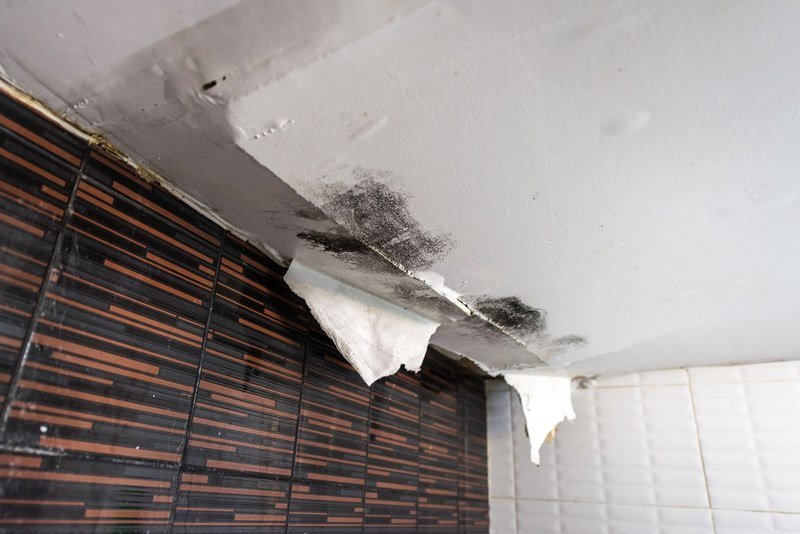They are making a number of great annotation regarding Most Common Causes of Leaky Pipes as a whole in this article down below.

Leaks not just trigger waste of water however can additionally create unnecessary damage to your house as well as advertise unwanted organic development. By recognizing and looking for daily situations that trigger leakages, you can protect your house from future leaks and unnecessary damages.
Trespassing roots
Many water leakages start outside your home as opposed to inside it. If you observe an abrupt decline in water stress, say in your faucet, require time to head out and analyze your lawn. You may observe wet spots or sinkholes in your backyard, and that might imply that tree origins are invading water lines triggering water to permeate out. You can have your plumber check for breach, especially if you have trees or hedges near your residential or commercial property.
Rusty water systems
As time passes by, your plumbing system ages and corrosion such as rust may start eating away the pipelines. This could be the cause of staining or warping on your water pipes. This asks for an assessment with your plumber promptly. If our plumbing system is old, consider changing the pipelines since they are at a higher risk of corrosion than the more recent versions.
Faulty Pipe Joints
The factor at which your pipes attach is often the weakest web link in the waterline. Pipe joints can deteriorate over time, causing water leaks. Regrettably, the majority of pipe joints are not easily noticeable. If you have loud pipelines that make ticking or banging sounds, specifically when the hot water is turned on, your pipe joints are possibly under a great deal of stress. It is suggested to have your plumber examine your system yearly.
Immediate temperature changes.
Extreme temperature adjustments in our pipelines can create them to expand and also contract suddenly. This development and also tightening may cause splits in the pipelines, specifically if the temperature level are below freezing. It would certainly be best if you kept an eye on just how your plumbing functions. The presence of the formerly stated scenarios frequently shows a high threat.
Poor Water Connectors
At times, a leakage can be triggered by loosened tubes as well as pipes that provide your appliances. Usually, changing is what causes the loosened water Links. You may find when it comes to a cleaning device, a pipe might spring a leakage due to drinking during the spin cycle. In case of a water connections leakage, you might notice water running straight from the supply line or pools around your appliances.
Clogged Drains
Obstructed drains might be annoying as well as inconveniencing, yet they can in some cases end up causing an overflow leading to break pipelines. Maintain removing any materials that might decrease your drains that can clog them to avoid such aggravations.
All the above are root causes of leaks yet not all water leakages arise from plumbing leakages; some leakages may originate from roof leakages. All leakages need to be fixed right away to avoid water damage.
Leaks not just create waste of water however can additionally trigger unneeded damage to your residence and also promote undesirable natural development. By comprehending and also looking for daily circumstances that trigger leakages, you can safeguard your house from future leaks and unnecessary damage. Today, we will look at six leak creates that might be causing your pipes to trickle.
At times, a leakage can be caused by loose pipes and also pipelines that supply your appliances. In case of a water connections leakage, you might discover water running directly from the supply line or pools around your devices.
How To Check For Water Leak In Your Home
How To Check for Leaks
The average household's leaks can account for nearly 10,000 gallons of water wasted every year and ten percent of homes have leaks that waste 90 gallons or more per day. Common types of leaks found in the home are worn toilet flappers, dripping faucets, and other leaking valves. These types of leaks are often easy to fix, requiring only a few tools and hardware that can pay for themselves in water savings. Fixing easily corrected household water leaks can save homeowners about 10 percent on their water bills.
To check for leaks in your home, you first need to determine whether you're wasting water and then identify the source of the leak. Here are some tips for finding leaks:
Take a look at your water usage during a colder month, such as January or February. If a family of four exceeds 12,000 gallons per month, there are serious leaks.
Check your water meter before and after a two-hour period when no water is being used. If the meter changes at all, you probably have a leak.
Identify toilet leaks by placing a drop of food coloring in the toilet tank. If any color shows up in the bowl after 10 minutes, you have a leak. (Be sure to flush immediately after the experiment to avoid staining the tank.)
Examine faucet gaskets and pipe fittings for any water on the outside of the pipe to check for surface leaks.
Undetected water leaks can happen without the home or business owner even realizing. If you suspect a water leak, but not able to find the source. It is time to contact a professional water leak detection service, The Leak Doctor.
How To Find a Water Leak In Your Home
https://www.leakdoctor.com/blog/How-To-Check-For-Water-Leak-In-Your-Home_AE197.html

Do you enjoy reading up on Common Water Leaks In House? Try to leave feedback further down. We will be interested to hear your views about this write up. In hopes that you come back again later on. Are you aware of somebody who is fascinated by the subject? Take a moment to promote it. Thanks for going through it.
Schedule Appointment Now